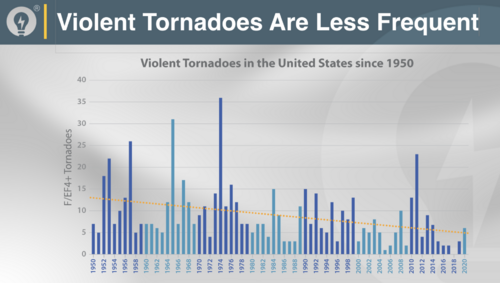Paul Lemery
EF0
- Joined
- Jul 1, 2014
- Messages
- 49
It sure seemed like a dud of a May for me as most of the activity was out of reach in the far western plains. Most of the time even if there was a tornado it was most likely only a brief landspout or F0. Accuweather just came out with an article that shows this was the first May since 1950 to not have a tornado that was F3 or stronger. May also had the 8th fewest overall tornadoes with 25, which was still well ahead of crappy 2020 when there were only 10. Add to it that we are currently in the midst of the longest period in recorded US history without an F5 (8 years) and you have to start to wonder if and when it will ever get back to the good old days. I would probably have more luck winning Powerball than seeing a discrete plains supercell with a long tracked F4 in tow. Link below to article.
May Snaps Long-Standing US Streak for EF3 Tornadoes | AccuWeather
May Snaps Long-Standing US Streak for EF3 Tornadoes | AccuWeather


